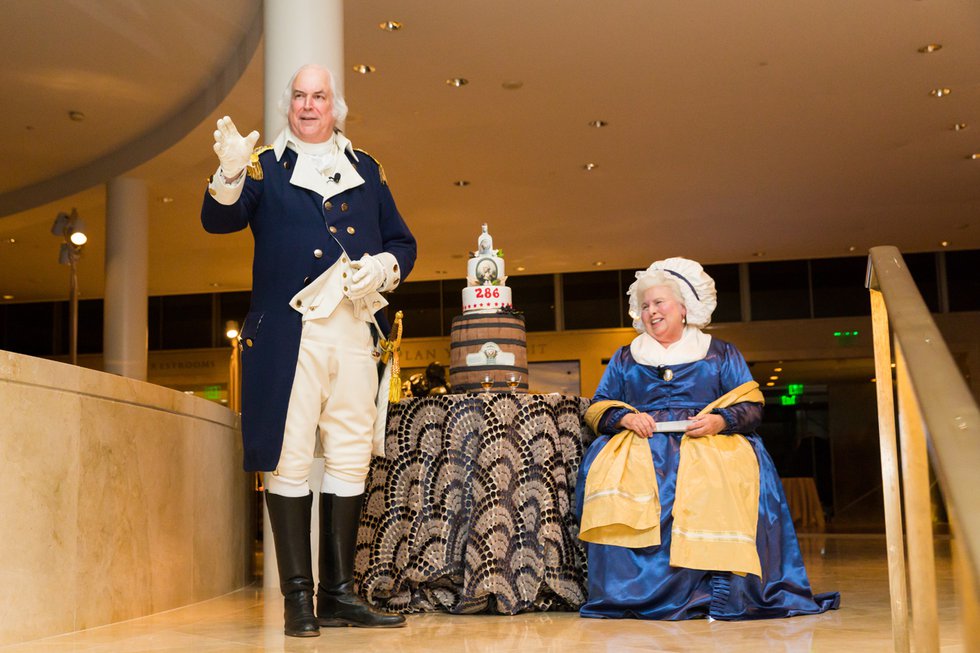Virginia was no stranger to the original frenzy.

Illustration by Rob Ullman
Consumer buying frenzies are legendary: shoppers freezing in outdoor queues for Sony PlayStations, teenagers mugged for their Air Jordans. But the elbows-out, break-down-the-doors, I-gotta-have-that-product phenomenon all began 25 years ago, with the Christmas marketing blitz of the Cabbage Patch Kid. “A dumpy doll has unleashed a savagery in shoppers that has store managers defending themselves, advertisers congratulating themselves and those caught in the rush, terrified,” ran a CBC report.
The proprietor of the Ben Franklin store in Salem was one store manager who just said no. Jesse Ramsey took the gutsy step of not putting the insanely popular dolls on his shelves. His rationale, reported the Salem Times Register, was to prevent shoppers from destroying his displays and from hurting each other, as was happening nationwide. Instead, he scheduled a December 16 drawing for his “very limited” supply, and although the hype was nice, Ramsey didn’t resort to price gouging. Not all sellers could have made that claim.
Cabbage Patch Kids are the brainchild of Xavier Roberts, of Cleveland, Georgia, an hour and a half north of Atlanta. He began making the dolls in 1978 using a German soft-sculpture fabric-sewing technique, then offering them for a $40 “adoption fee” at craft shows. He also opened Babyland General Hospital for their creation. After the Wall Street Journal ran a front-page story on the dolls, Roberts’ business expanded dramatically. In 1982, Coleco, maker of ColecoVision videogame consoles, began mass-producing the dolls, these with heads of vinyl. (But artisanal production of fully soft sculptures never stopped at Babyland.)
In December 1983, the dolls hit the cover of Newsweek. Battle stations! “They had no idea how popular those little Cabbage Patch Kids would become,” says Margaret McLean, director of corporate communications for Original Appalachian Artworks Inc., Babyland’s official company name. “People were beside themselves to find one to adopt for their children.”
One of the dolls’ hallmarks was their varied hair (or none at all), eyes, skin color; some were pretty, some ugly, some pretty ugly. “The ugliest ones are the ones they go for,” said Ramsey. “The baldheaded ones are the best sellers.”
The craze lost oomph, but the dolls endured. They’re now made by Play Along, based in Malibu, California, says McLean. This year brought a 25th-anniversary edition—at the 1983 adoption fee!
The Kids enjoyed a different limelight last year in one of the GEICO car insurance spots created by Richmond’s Martin Agency. “We wanted a surprising character to spoof the E! True Hollywood Story-type shows,” says Bob Meagher, Martin’s senior vice president and senior copywriter on the ad. “We thought it would be fun to think about what happened to the Cabbage Patch Kid as he grew up.” Like so many child stars, goes the ad, Cabbage Patch “adult” Ben Winkler, “born in 1983,” was having a hard go of it. That is, till he got GEICO, saved money and went on to win a celebrity dance contest.
“We live in a crazy world,” said Ramsey. Timeless words.








